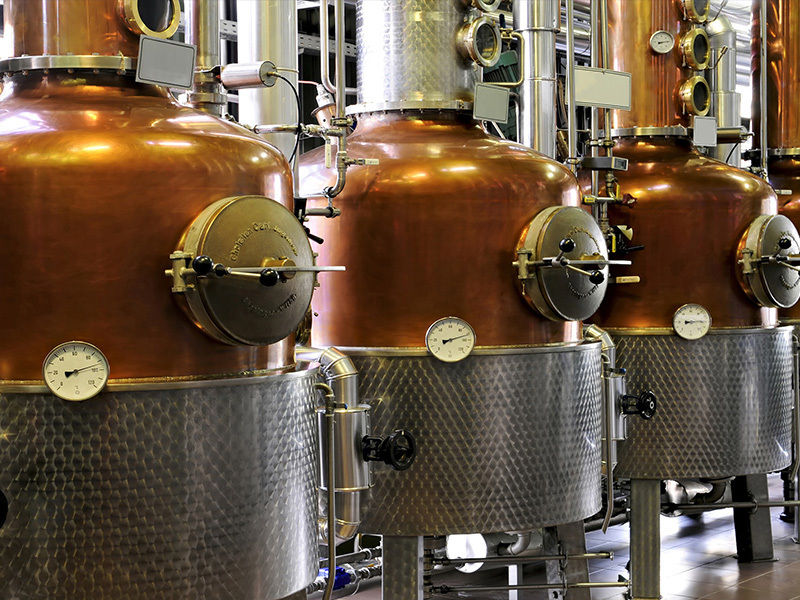Can you recommend a product or treatment to assist in the breakdown of a heavy scum layer?
Front end screening can aid in the removal of gross solids, followed by mixing which will keep the scum layer homogenized. Once homogenized a dissolved air flotation (DAF) or clarifier can be used to remove the solids prior to biochemical oxygen demand (BOD) treatment if needed.
If there is at least a day of retention time, there is the possibility of additional biological treatment, provided the variables are in place. If the top scum is organic in nature, bacillus can be fed with dosing based on volume, to the tank for breakdown of the scum layer and to reduce the organics that settle out.
How does residual yeast affect treatment?
In a typical wastewater treatment plant, residual yeast is insignificant as long as you are side streaming and providing primary treatment. Ensure that the stream going to biological treatment is consistent and you should not experience any problems.
What is the average BOD loadings?
The Brewer’s Association has collected baseline data that states the average BOD loading rate is 7000ppm.
How do clean in place (CIP) chemicals affect BOD & COD’s (coefficient of performance)?
If discharging to publicly owned treatment works or direct to river or stream, you need to be aware of the pH, and stay within the parameters set by the discharge permit. High levels of oxidizers and sanitizers will have a negative impact on good bacteria that are designed to breakdown organic material making up the BOD/COD. You may want to consider blending high CIP streams with dilution water to reduce levels.
Learn more about our wastewater treatment programs.

